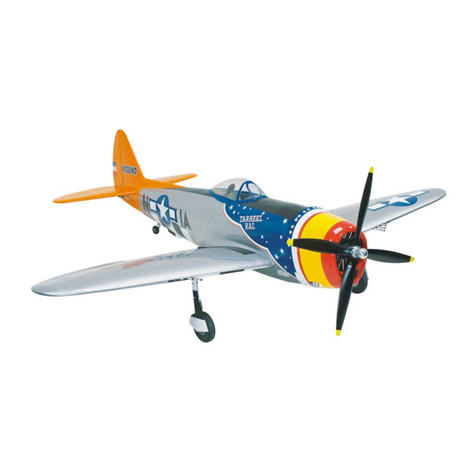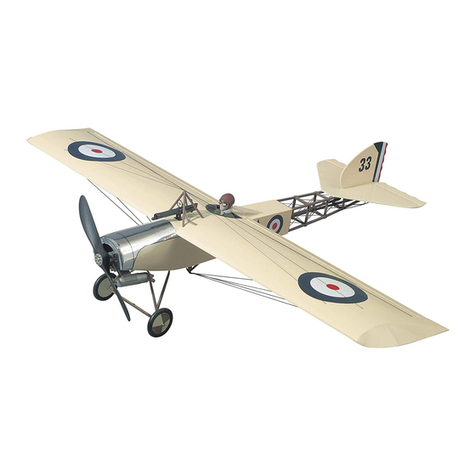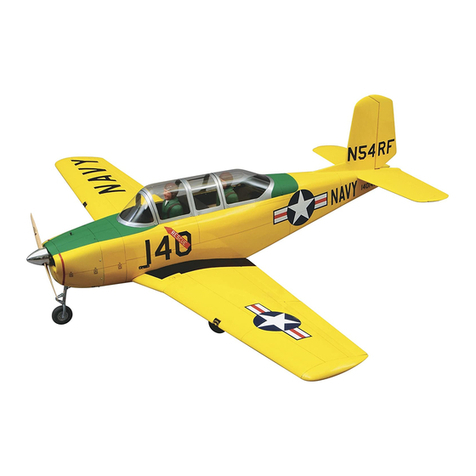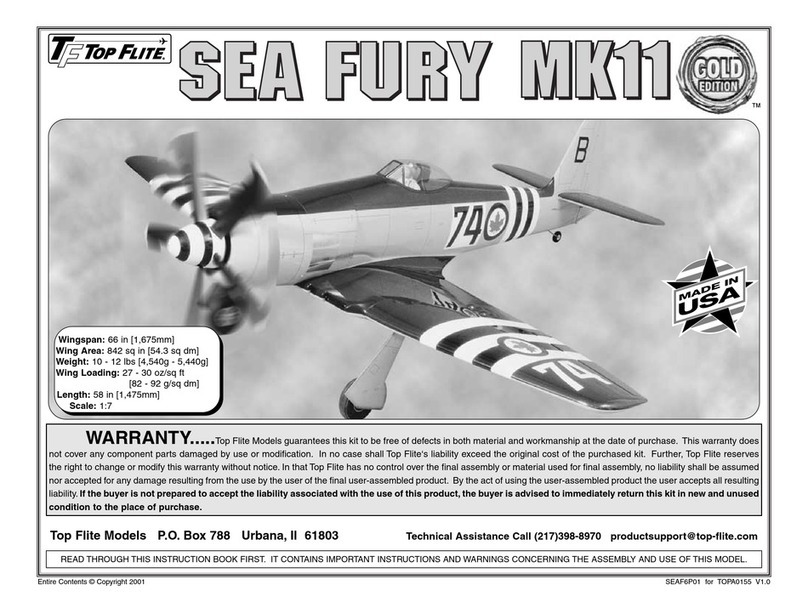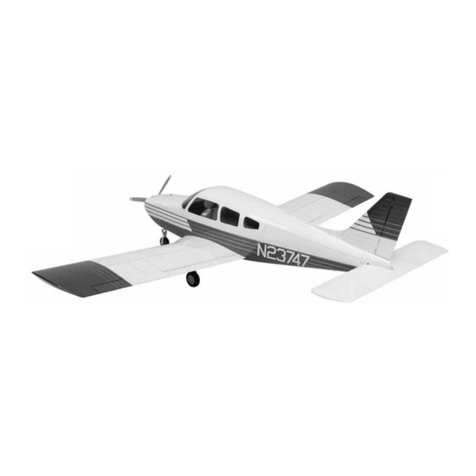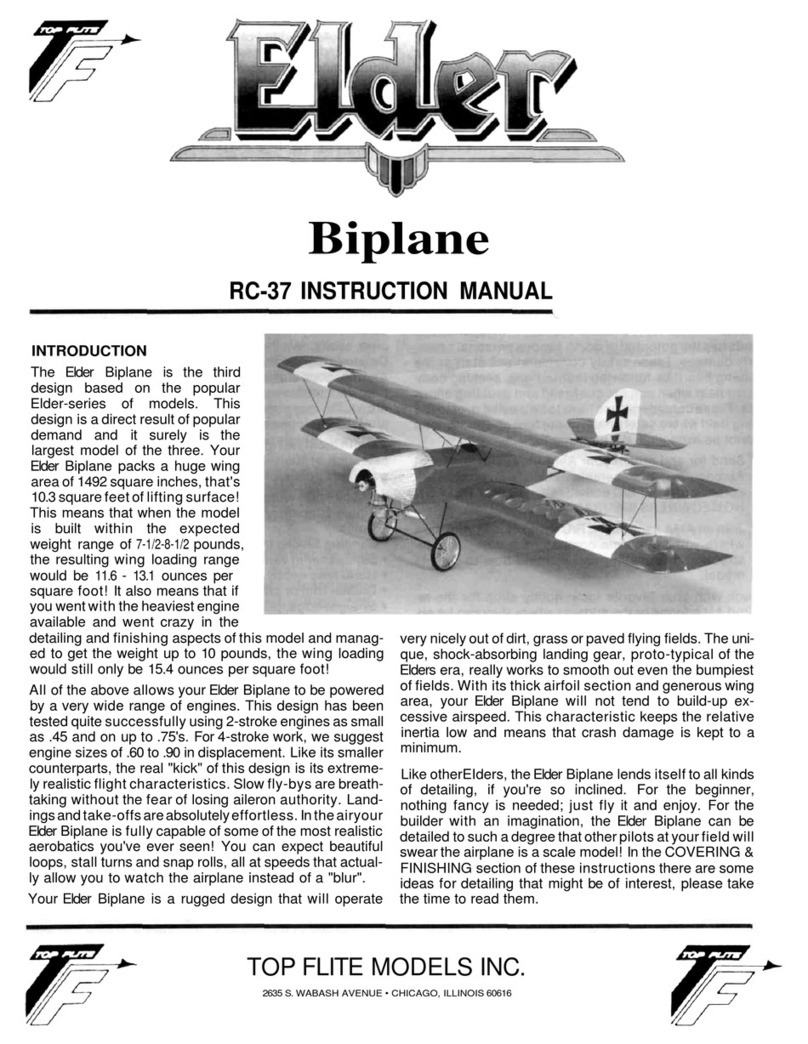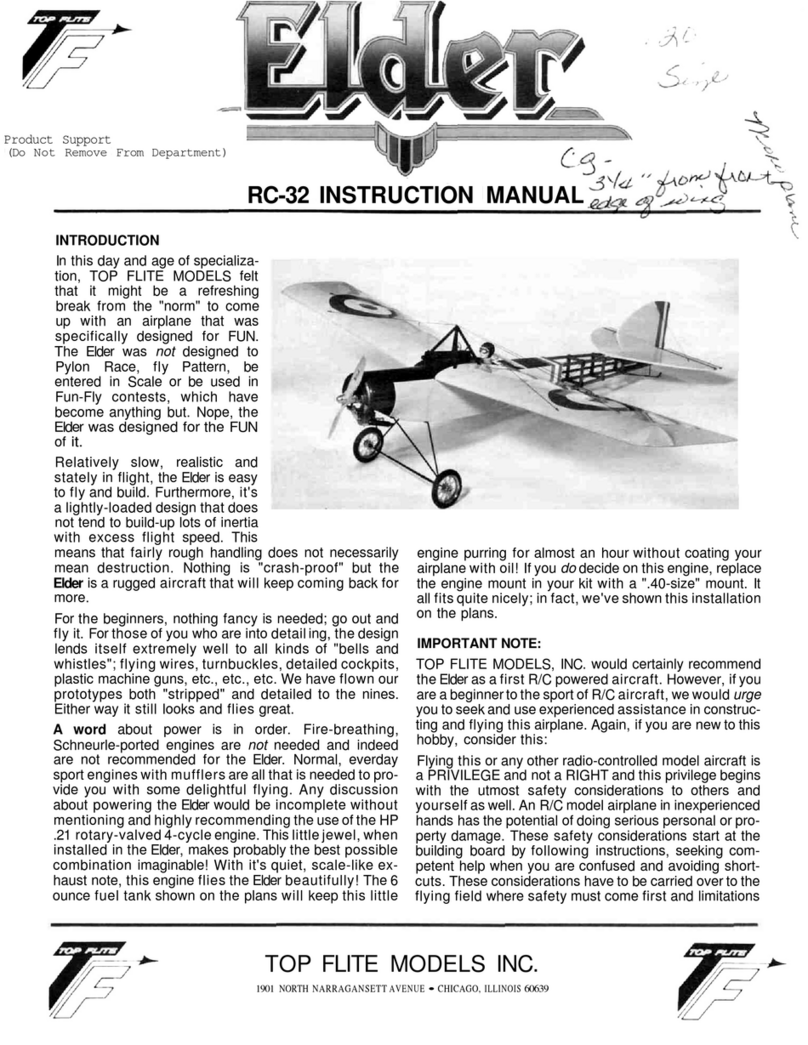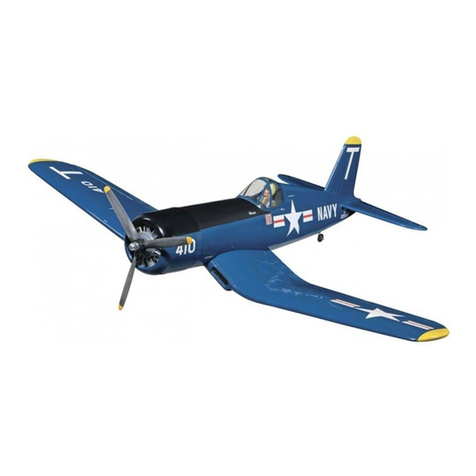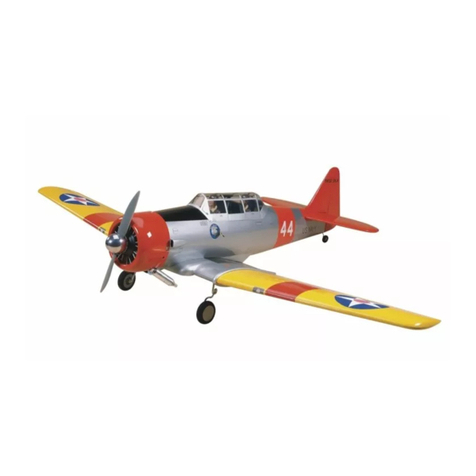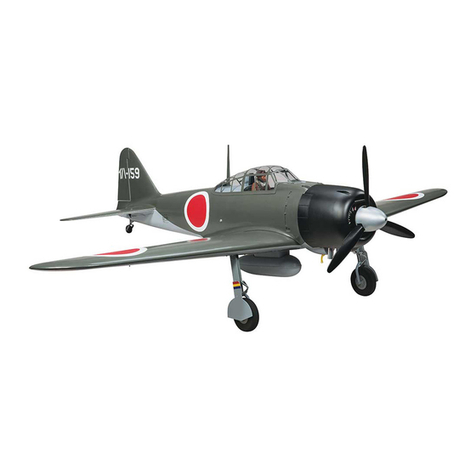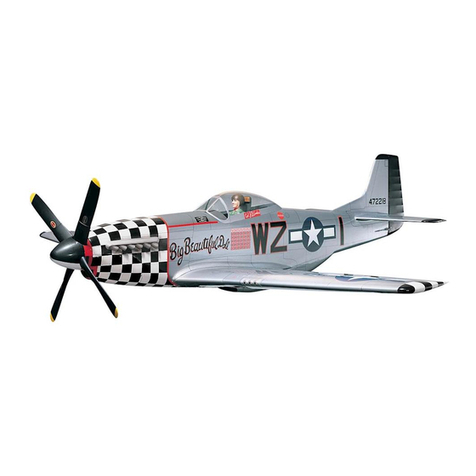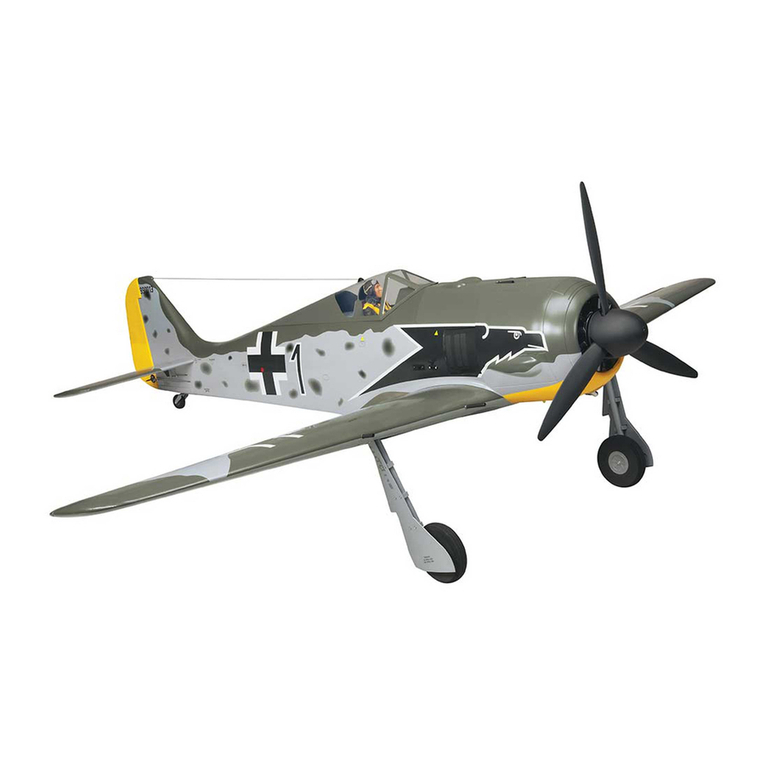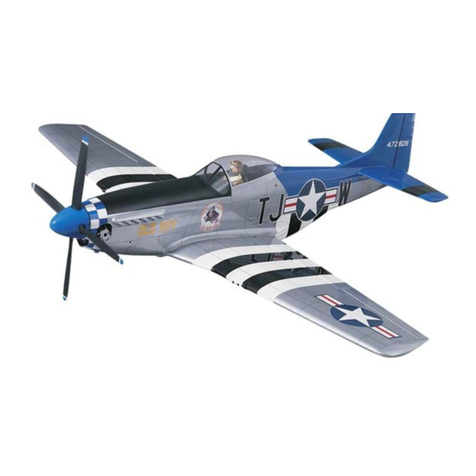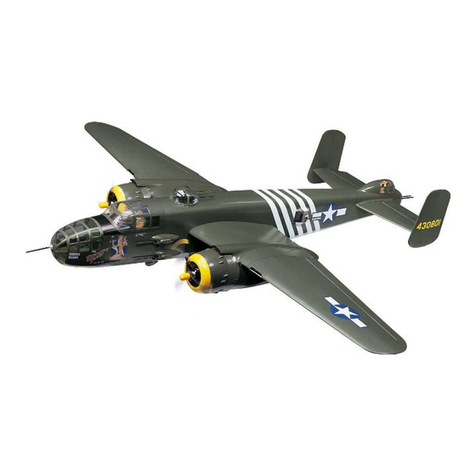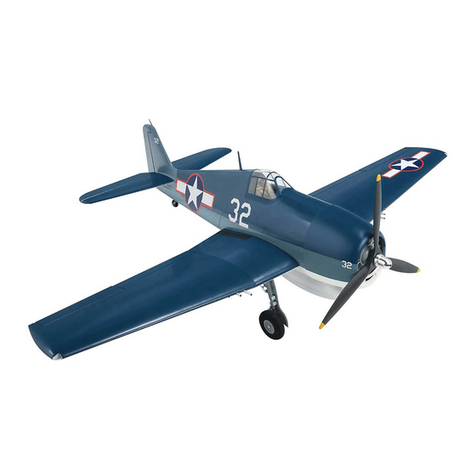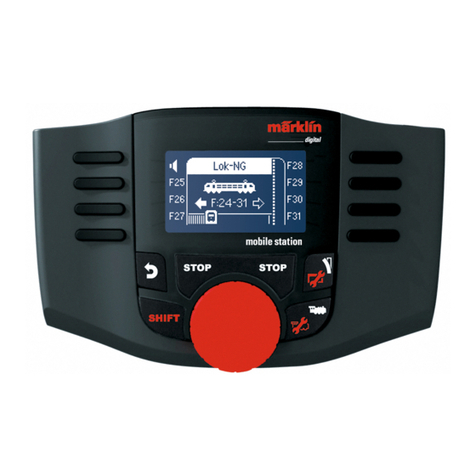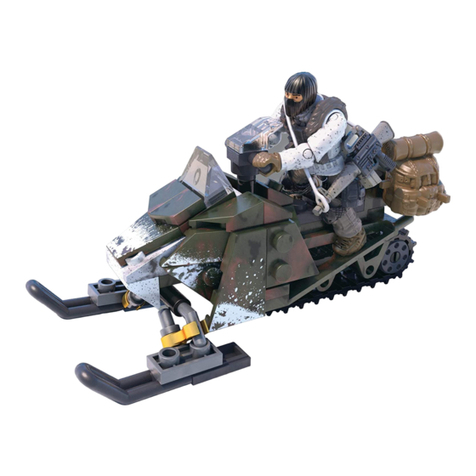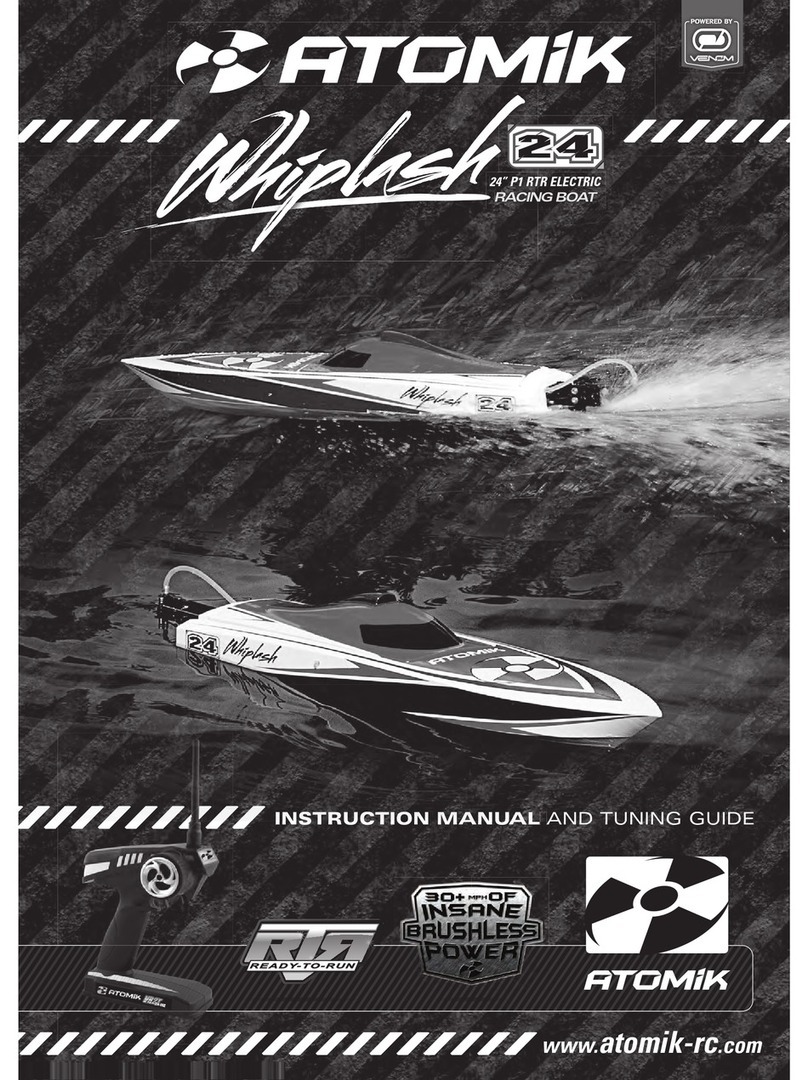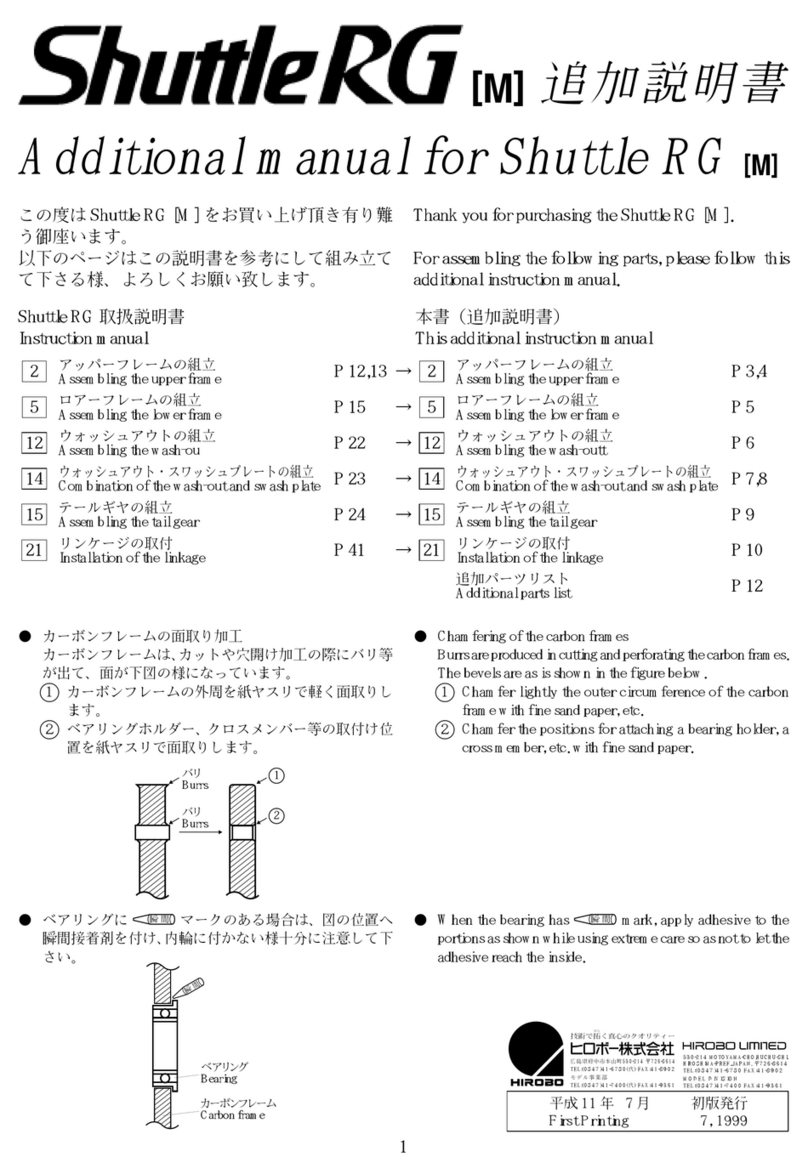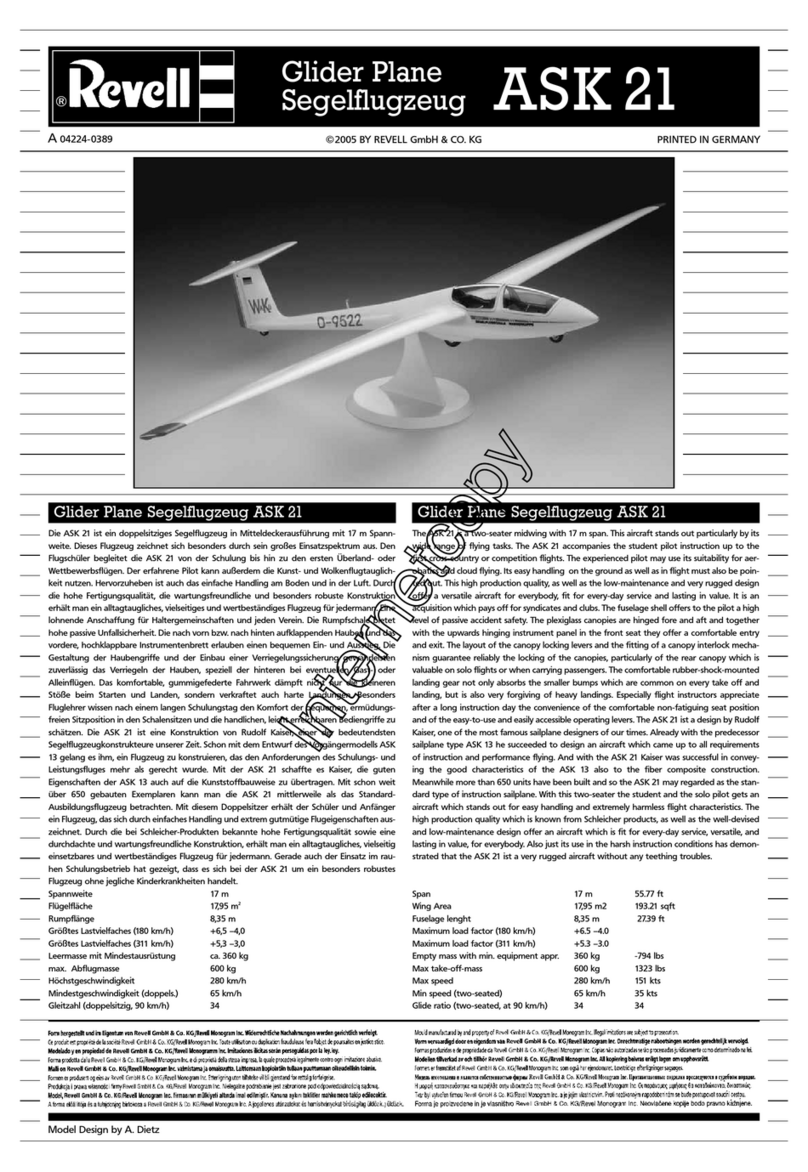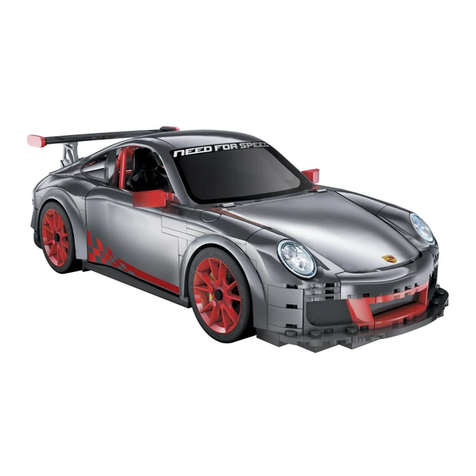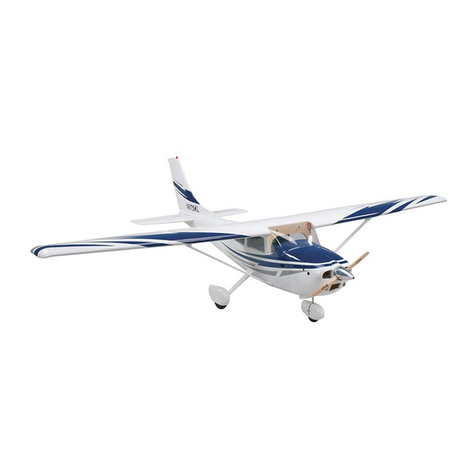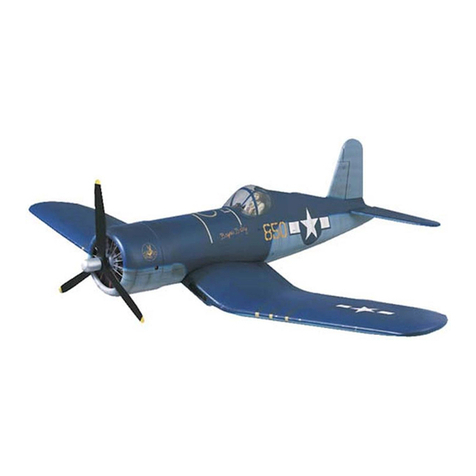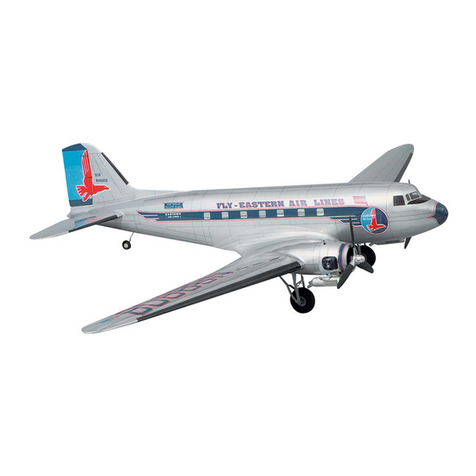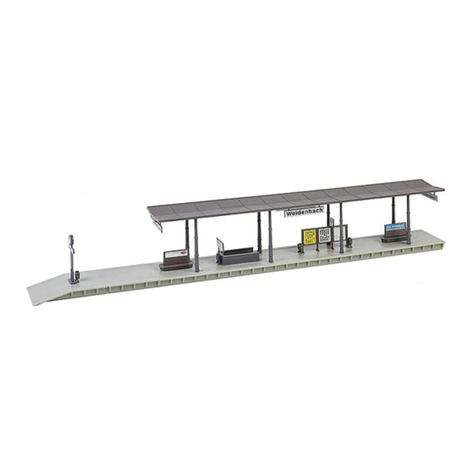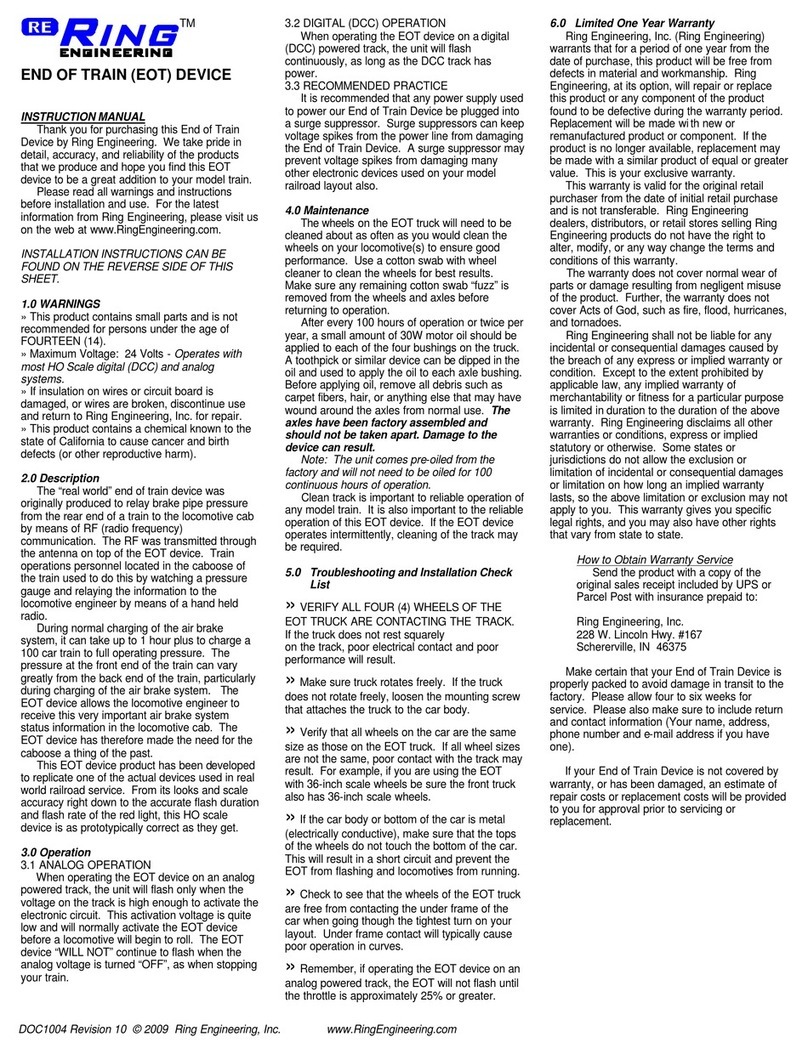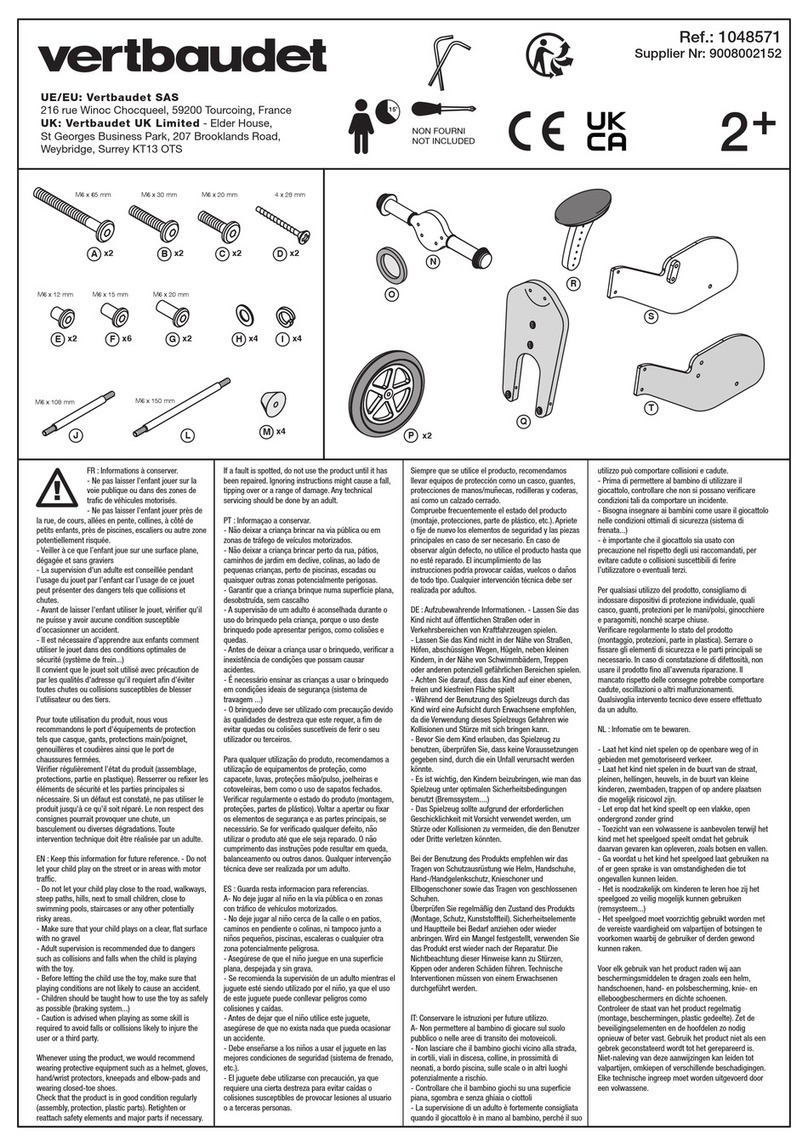14
RADIO CONTROL
1) I will have completed a successful radio equipment
ground check before the first flight of a new or
repaired model.
2) I will not fly my model aircraft in the presence of
spectators until I become a qualified flier, unless
assisted by an experienced helper.
3) At all flying sites a straight or curved line(s) must be
established in front of which all flying takes place
with the other side for spectators. Only personnel
involved with flying the aircraft are allowed at or in
the front of the flight line. Intentional flying behind
the flight line is prohibited.
4) I will operate my model using only radio control
frequencies currently allowed by the Federal
Communications Commission.
5) I will not knowingly operate my model within
three miles of any pre-existing flying site except
in accordance with the frequency sharing
agreement listed [in the complete AMA Safety
Code].
9) Under no circumstances may a pilot or other person
touch a powered model in flight; nor should any
part of the model other than the landing gear,
intentionally touch the ground, except while
landing.
FLYING
The Mini Contender EP ARF is a great-flying model
that flies smoothly and predictably. The Mini Contender
EP ARF does not, however, possess the self-recovery
characteristics of a primary R/C trainer and should be
flown only by experienced R/C pilots.
CAUTION (THIS APPLIES TO ALL R/C AIRPLANES):
If, while flying, you notice an alarming or unusual
sound such as a low-pitched “buzz,” this may indicate
control surface flutter. Flutter occurs when a control
surface (such as an aileron or elevator) or a flying
surface (such as a wing or stab) rapidly vibrates up
and down (thus causing the noise). In extreme cases,
if not detected immediately, flutter can actually cause
the control surface to detach or the flying surface
to fail, thus causing loss of control followed by an
impending crash. The best thing to do when flutter
is detected is to slow the model immediately by
reducing power, then land as soon as safely possible.
Identify which surface fluttered (so the problem may
be resolved) by checking all the servo grommets
for deterioration or signs of vibration. Make certain
all pushrod linkages are secure and free of play. If
it fluttered once, under similar circumstances it will
probably flutter again unless the problem is fixed.
Some things which can cause flutter are; Excessive
hinge gap; Not mounting control horns solidly; Poor
fit of clevis pin in horn; Side-play of wire pushrods
caused by large bends; Excessive free play in servo
gears; Insecure servo mounting; and one of the most
prevalent causes of flutter; Flying an over-powered
model at excessive speeds.
TAKEOFF
Before you get ready to takeoff, see how the model
handles on the ground by doing a few practice runs
at low speeds on the runway. If necessary, adjust
the nose wheel so the model will roll straight down
the runway.
Remember to takeoff into the wind.When you’re ready,
point the model straight down the runway and gradually
advance the throttle. Gain as much speed as your
runway and flying site will practically allow before gently
applying up elevator, lifting the model into the air. At
this moment it is likely that you will need to apply more
right rudder to counteract motor torque. Be smooth
on the elevator stick, allowing the model to establish
a gentle climb to a safe altitude before turning into
the traffic pattern.
FLIGHT
For reassurance and to keep an eye on other traffic,
it is a good idea to have an assistant on the flight line
with you. Tell him to remind you to throttle back once
the plane gets to a comfortable altitude. While full
throttle is usually desirable for takeoff, most models
fly more smoothly at reduced speeds.
Take it easy with the Mini Contender EP ARF for the
first few flights, gradually getting acquainted with it
as you gain confidence. Adjust the trims to maintain
straight and level flight. After flying around for a while,
and while still at a safe altitude with plenty of battery
left, practice slow flight and execute practice landing
approaches to see how the model handles at slower
speeds. Add power to see how she climbs as well.
Continue to fly around, executing various maneuvers
and making mental notes (or having your assistant
write them down) of what trim or C.G. changes may
be required to fine tune the model so it flies the way
you like. Mind your flight time, but use this first flight
to become familiar with your model before landing.
LANDING
To initiate a landing approach, lower the throttle while on
the downwind leg. Allow the nose of the model to pitch
downward to gradually bleed off altitude. Continue to
lose altitude, but maintain airspeed by keeping the nose
down as you turn onto the crosswind leg. Make your
final turn toward the runway (into the wind) keeping the
nose down to maintain airspeed and control. Level the
attitude when the model reaches the runway threshold,
modulating the throttle as necessary to maintain your
glide path and airspeed. If you are going to overshoot,
smoothly advance the throttle (always ready on the
right rudder to counteract torque) and climb out to
make another attempt. When you’re ready to make
your landing flare and the model is a foot or so off
the deck, smoothly increase up elevator until it gently
touches down.
One final note about flying your model. Have a goal or
flight plan in mind for every flight.This can be learning
a new maneuver(s), improving a maneuver(s) you
already know, or learning how the model behaves

















